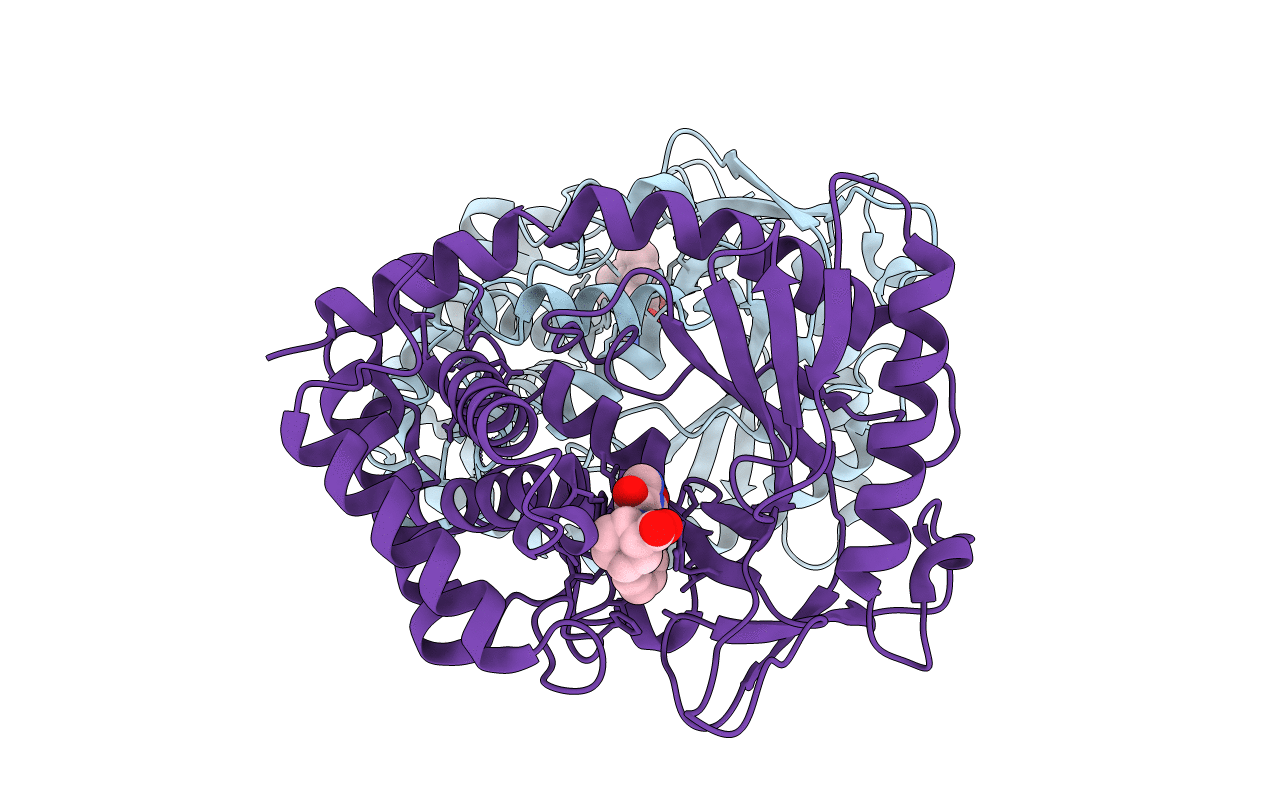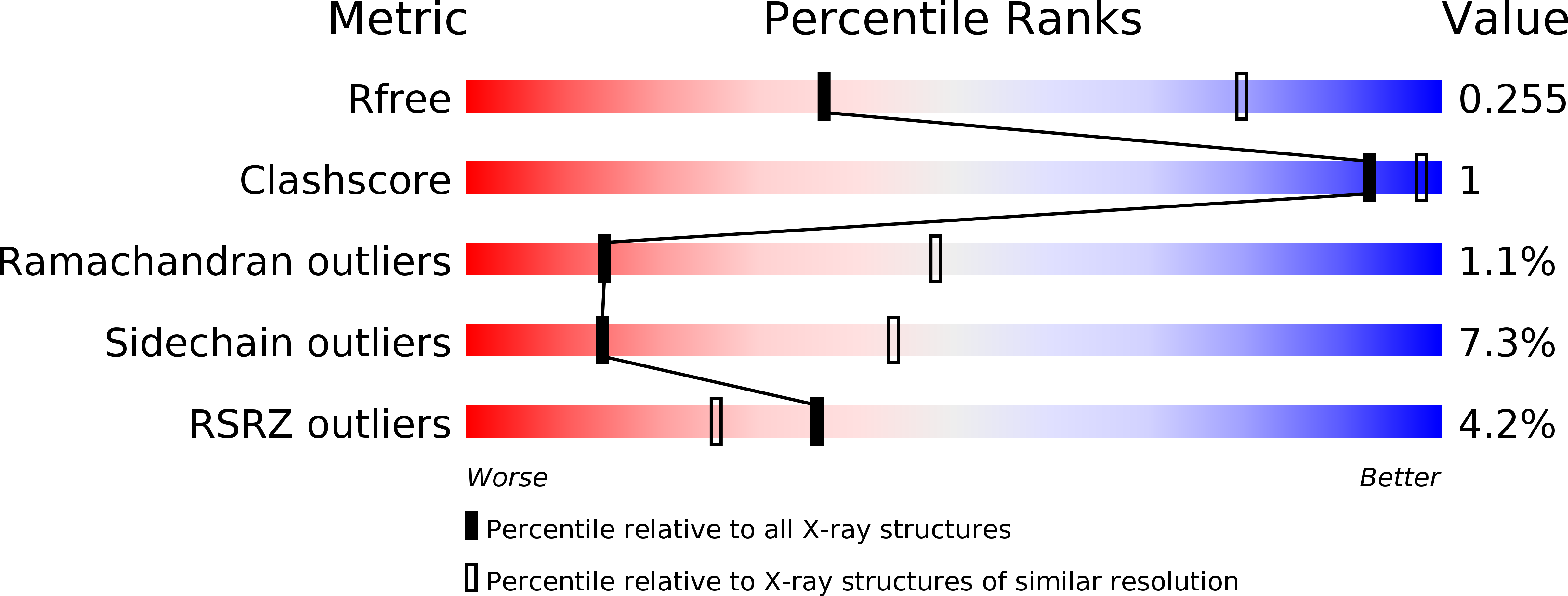
Deposition Date
2018-12-06
Release Date
2018-12-19
Last Version Date
2024-03-13
Entry Detail
PDB ID:
6NAO
Keywords:
Title:
Discovery of a high affinity inhibitor of cGAS
Biological Source:
Source Organism:
Homo sapiens (Taxon ID: 9606)
Host Organism:
Method Details:
Experimental Method:
Resolution:
3.23 Å
R-Value Free:
0.25
R-Value Work:
0.21
R-Value Observed:
0.21
Space Group:
C 1 2 1


